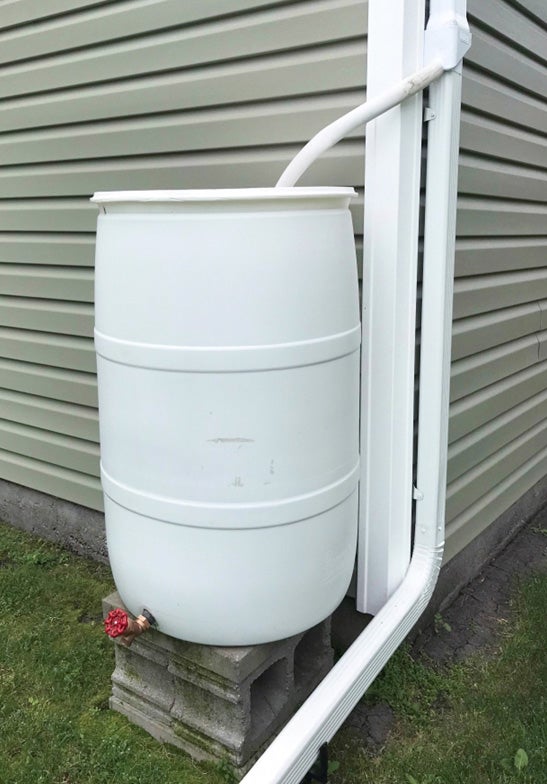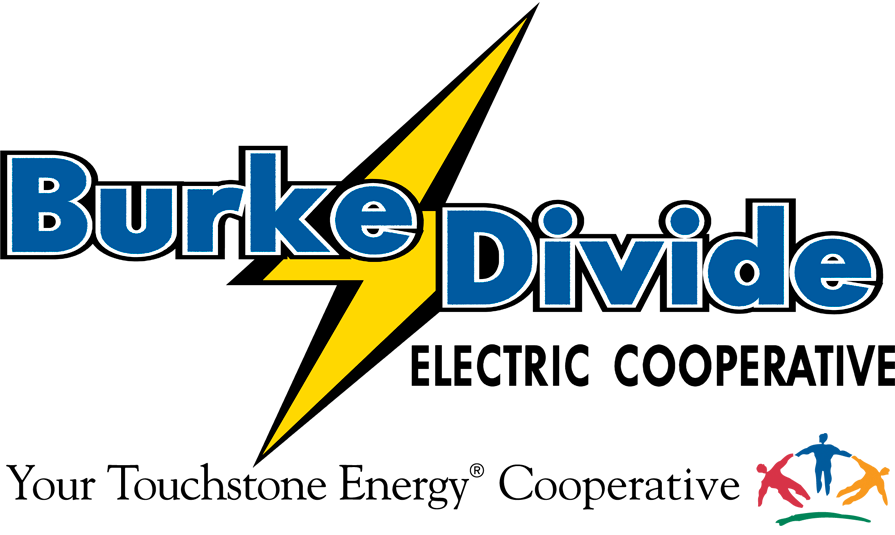 Collecting rainwater to reuse is a good way to conserve water and energy.
Collecting rainwater to reuse is a good way to conserve water and energy.
Reducing the use of household water to water plants, particularly for irrigating ornamental plants, may reduce your water bill.
“It saves water, it will save power. But there are added benefits as well when you utilize it on plants,” says Jaden Deckert, urban conservationist with the Burleigh County Soil Conservation District.
One inch of rain will collect 600 gallons of water from a 1,000-square-foot roof. Based on a water treatment study, it would require 6.6 kilowatt-hours (kWh) to treat 600 gallons of water. So, collecting 100 gallons of rainwater would save enough energy to operate a 60-watt bulb for 18 hours.
That’s a lot of water to use to irrigate flowers, trees and shrubs. Collected rainwater is especially beneficial for plants in North Dakota, because it is slightly acidic and will release nutrients in the soil.
Rain barrels for home use are available in a variety of materials, shapes, designs and colors. You can also find plans online to build a rain barrel. Rain barrels usually come with a water outlet and hose, an overflow outlet and a screen to prevent debris and small animals from falling into the barrel.
A simple rain barrel kit can be purchased, assembled and placed next to a rain gutter system. Most barrels hold 30 to 55 gallons.
“They’re just really beneficial. If you’re going to have rainwater run out the downspout anyway, that water is really not getting utilized to the best of its ability, so a rain capture system is really nice,” Deckert says.
Rain barrels placed at a higher elevation will allow water to be drained into a bucket or water can gravity flow into a hose.
“I’ve seen people put pumps on them and run it through a sprinkler. There are a variety of different ways to get the rainwater out,” Deckert says.
Barrels also include overflow systems, such as flowing to the downspout when full, so water doesn’t spill from the barrel and puddle by the home’s foundation.
To maintain a rain barrel, remove algae growth throughout the summer, then drain the barrel completely and place it upside down when cold weather begins.
Water collected in a rain barrel is not considered a potable water source, meaning it is not drinkable and has not been tested to meet microbial water quality standards to protect public health, advises the University of Minnesota Extension.
But using rainwater on ornamental plants, trees or even household plants will save water and energy through the summer.
